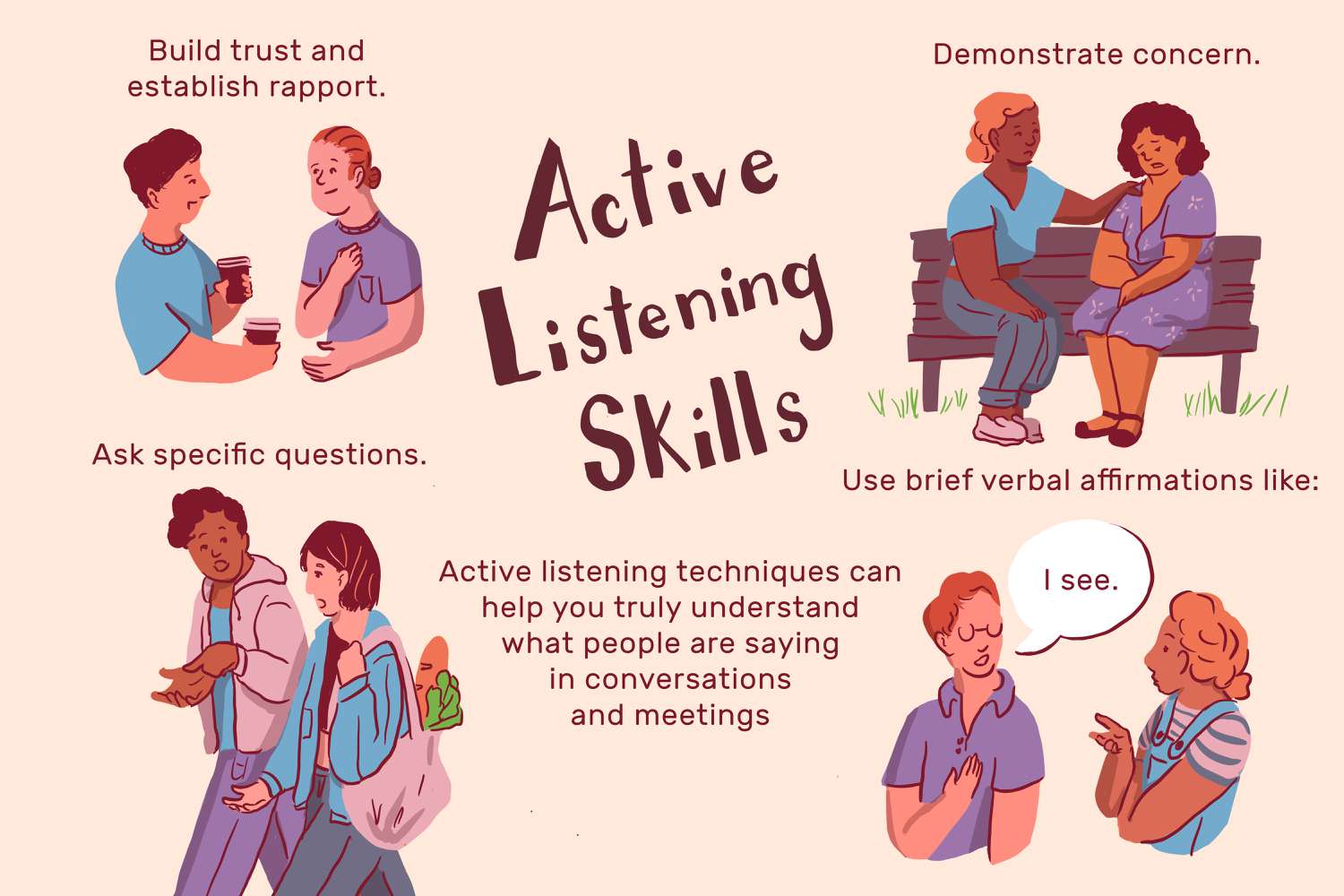
Analyzing case studies that demonstrate active listening can provide valuable insights into how this skill can be applied in real-world scenarios. Let’s explore two case studies that highlight the importance and effectiveness of active listening:
Case Study 1: Customer Support at a Tech Company
Scenario: A customer contacts a tech company’s customer support team with a complex technical issue. The customer is frustrated and upset because they have been facing this problem for several days without a resolution.
Active Listening Techniques Applied:
- Empathetic Listening: The customer support representative actively listens to the customer’s description of the issue and acknowledges their frustration without interrupting.
- Reflective Listening: The representative paraphrases the customer’s problem to ensure understanding and says, “If I understand correctly, you’ve been experiencing this issue for several days, and it’s causing a lot of inconvenience.”
Outcome:
- The customer appreciates being heard and understood, which de-escalates their frustration.
- The representative’s active listening helps uncover crucial details about the problem.
- The issue is resolved more efficiently because the representative has a clear understanding of the problem.
Case Study 2: Team Meeting in a Creative Agency
Scenario: A creative agency team is brainstorming ideas for a new advertising campaign. The team consists of designers, writers, and marketers with diverse perspectives.
Active Listening Techniques Applied:
- Open-Ended Questions: The team leader initiates the discussion with open-ended questions like, “What are your initial thoughts on the campaign?”
- Reflective Listening: Team members actively listen to each other’s ideas and reflect on them before responding. For example, “I hear what you’re saying, and I think that idea aligns well with our target audience.”
- Respectful Silence: During the discussion, there are moments of silence to allow team members to gather their thoughts and avoid rushing to respond.
Outcome:
- Active listening fosters a collaborative and creative atmosphere.
- Team members feel valued and respected, leading to a more open sharing of ideas.
- Diverse perspectives are considered, resulting in a more well-rounded and innovative campaign concept.
Key Takeaways:
- Empathy: Active listening, including empathetic listening, can defuse emotional situations and build rapport with customers or colleagues.
- Clarity: Reflective listening helps ensure that all parties have a shared understanding of the situation or ideas being discussed.
- Collaboration: In group settings, active listening encourages diverse participation and promotes innovative thinking.
In both case studies, active listening played a pivotal role in achieving positive outcomes. It contributed to problem resolution in customer support and facilitated a creative and collaborative environment in the team meeting. These examples underscore the universal applicability of active listening and its positive impact in various contexts.